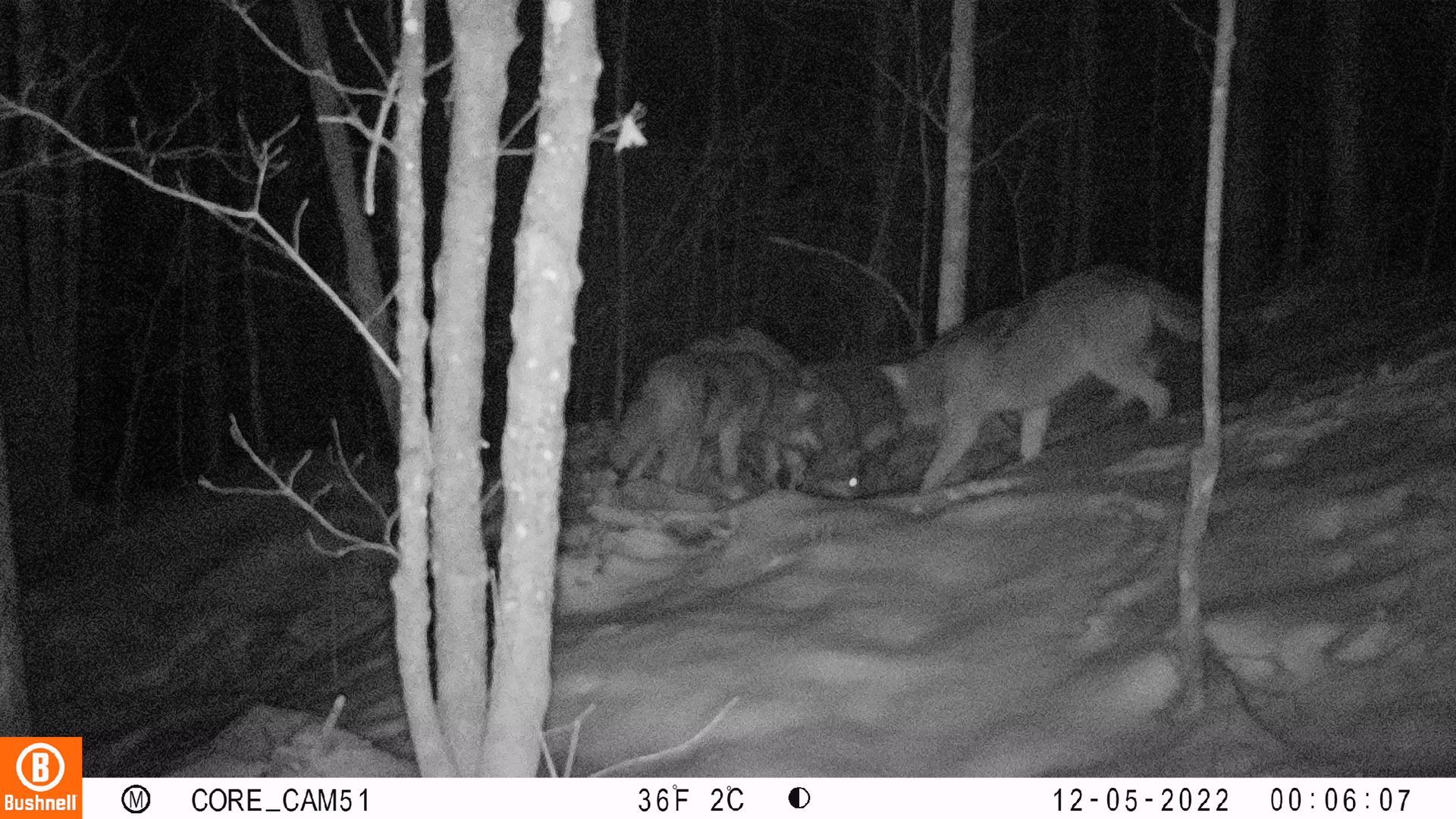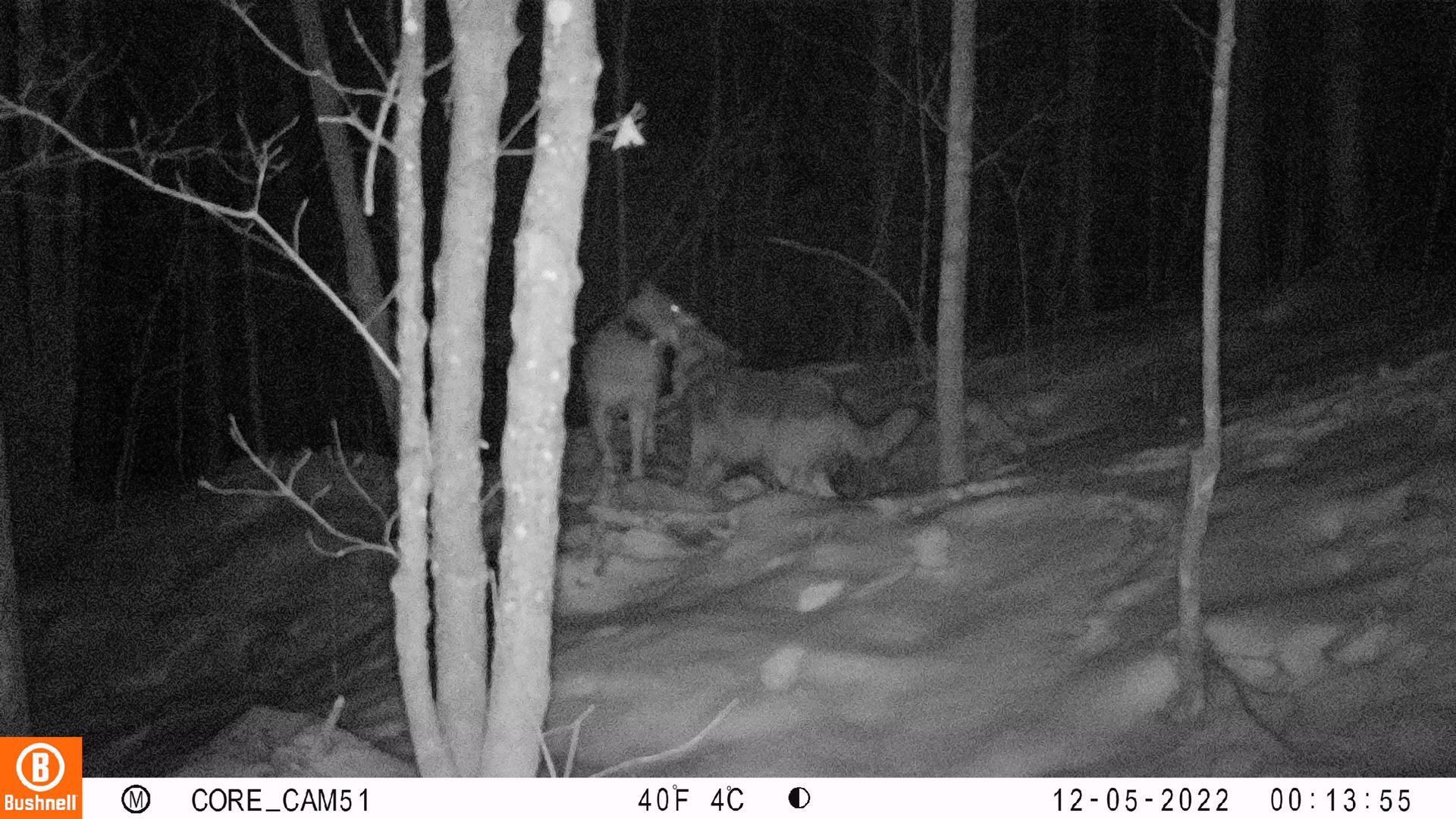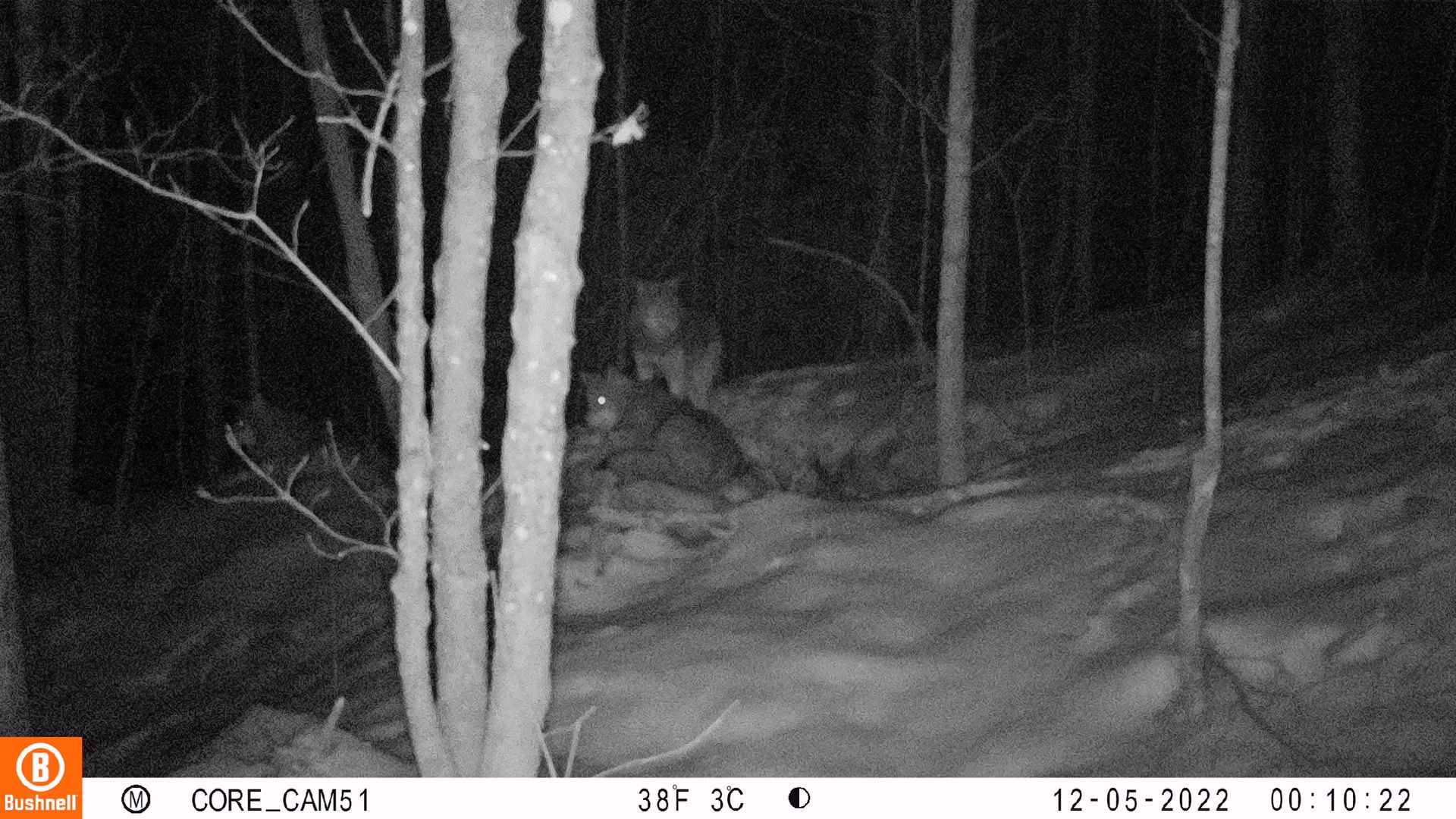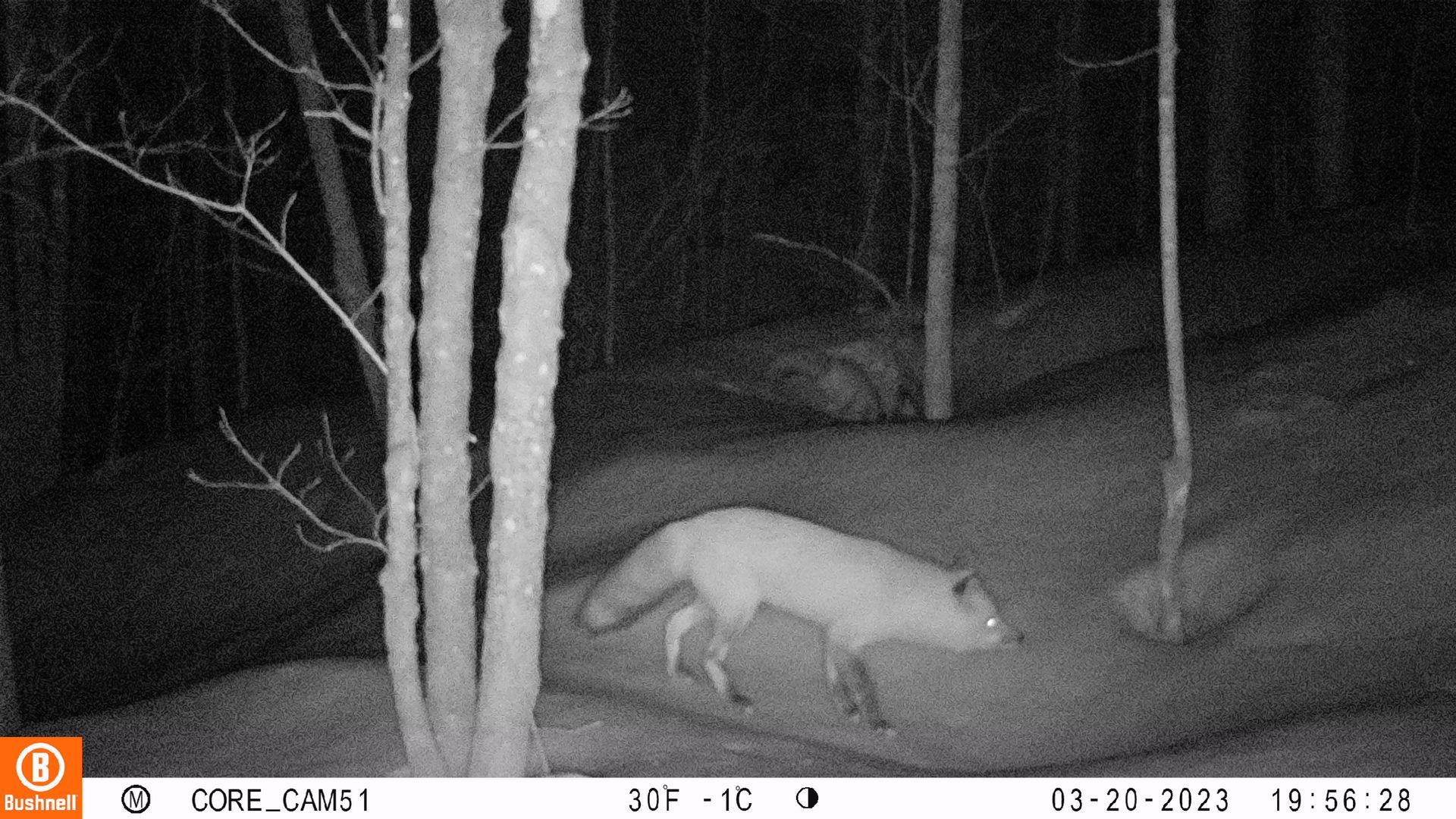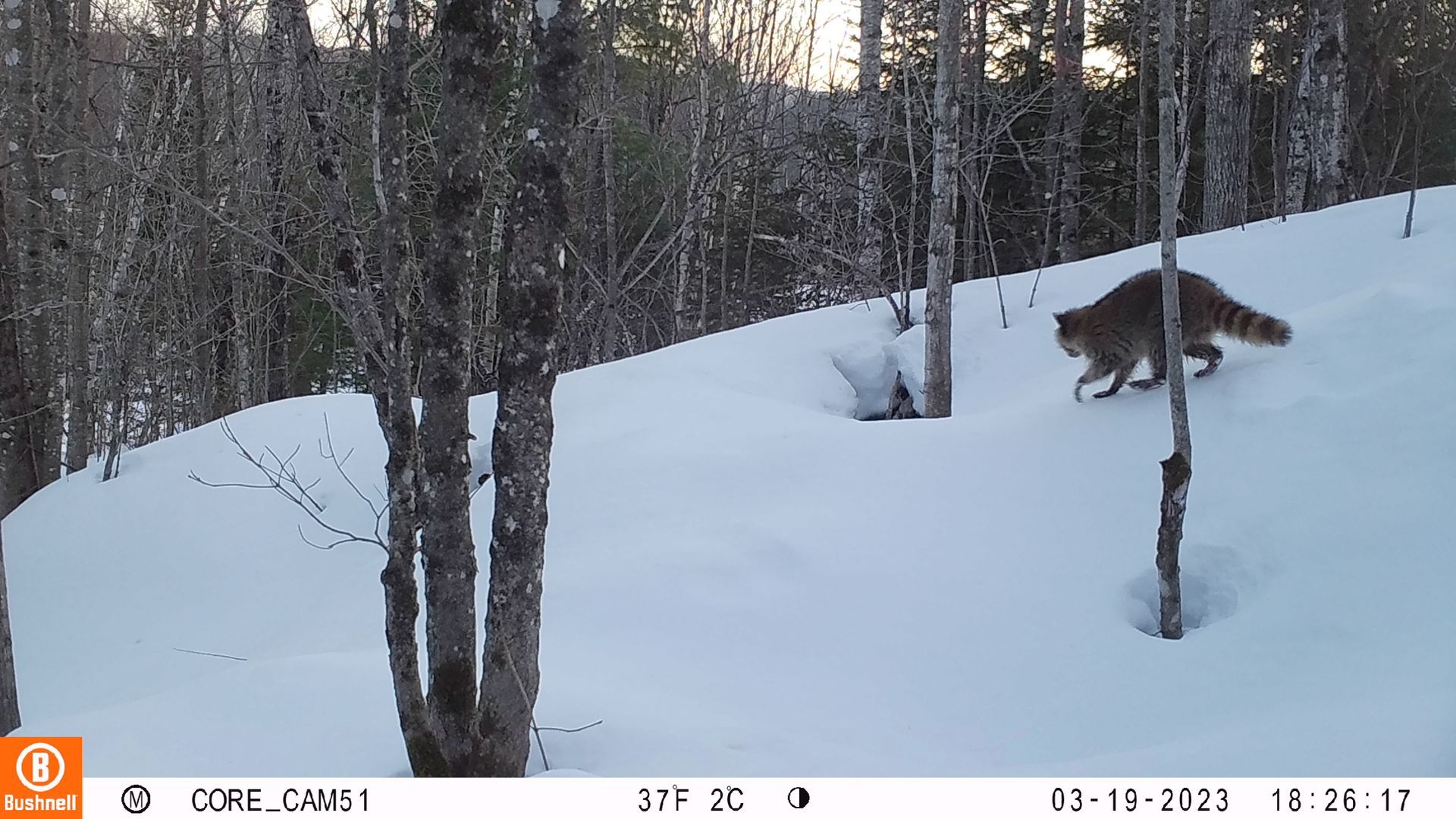Wildlife Research Project
Home Sweet Home: Wolf Dens
An understanding of the significance of wolf dens unravels the intricacies of their behaviour, social dynamics, and ecological value.
Wolves choose den locations that are concealed and difficult to detect. Dens may be located beneath overhanging rocks, in thick vegetation, or hidden among boulders. These homes serve as vital hubs for various aspects of the pack's life, providing shelter, fostering social bonds among pack members.
Site, Shelter & Protection:
The location of wolf dens plays a pivotal role in their efficacy. Wolves carefully evaluate potential den sites based on several factors, including proximity to essential resources, concealment, and protection from predators and human disturbances. These considerations ensure the den's suitability as a long-term dwelling for the pack, allowing them to fulfill their biological imperatives with the least amount of risk.
Dens offer a secure refuge from extreme weather conditions, such as biting cold, blistering heat, and heavy rainfall. By actively sheltering, wolves conserve energy and reduce exposure to the elements, ensuring their physical well-being and capacity to navigate challenging environments. Additionally, wolf dens serve as natural fortresses, providing a safe haven from potential predators and human disturbances, thus safeguarding the pack, particularly the young and vulnerable.
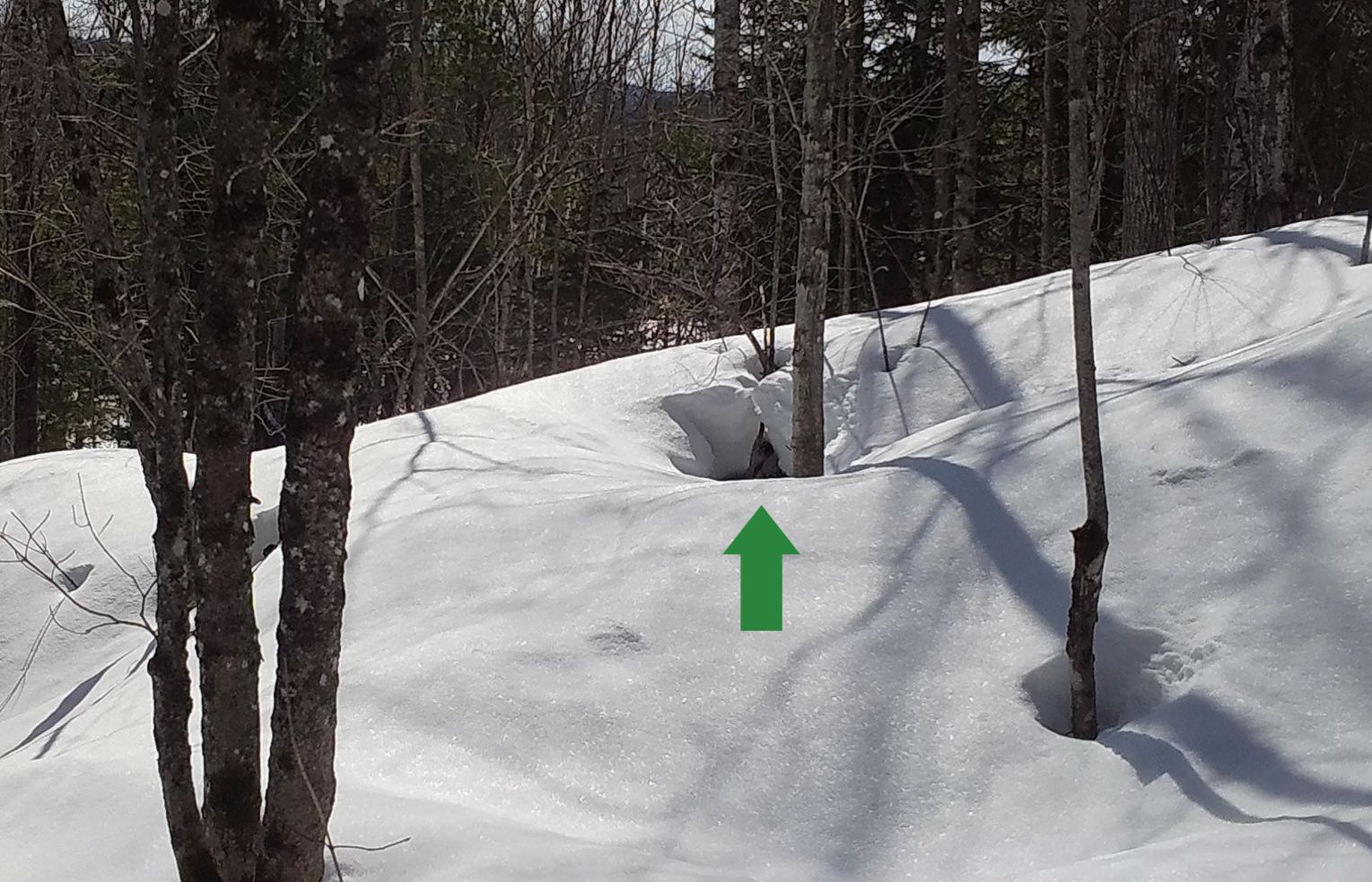
To the untrained eye, this may look like a seemingly uninteresting photo. However, the entrance to the Garden River Pack's den is front and center. Wolves
Reproduction and Social Structure:
Dens also acts as a focal point for the pack during the reproductive season. As the female gives birth and nurtures her pups, the rest of the pack engages in cooperative parenting. All members take turns guarding and providing for the pups, while others venture out to hunt for sustenance. This collaborative effort fosters strong social bonds within the pack and reinforces pack structure. Even outside of breeding season, dens serve as a focal point for pack bonding. Footage obtained through our den cam shows the Garden River pack frolicking outside of their old den, despite it not being actively in use.
Depending how long a wolf pack has occupied a specific territory, multiple dens may be at their disposal. These dens may be occupied at various life stages. By using previous dens, wolves reinforce their scent markings which serve as territorial boundaries and communicate pack presence to other wolves in the area. This behaviour can help establish and maintain the pack's dominance and territorial control!
Slide title
Write your caption hereButtonSlide title
Write your caption hereButtonSlide title
Write your caption hereButton
The Garden River pack visits their old den. Members can be seen playing and relaxing on site.
Ecological Value
Wolf dens provide ecological value through the interactions and processes associated with the use of dens by various species of flora and fauna. For example, vacant dens play a crucial role in providing shelter and homes to a variety of other animals in the ecosystem. The spacious and convenient underground chambers of wolf dens offer safe havens for smaller mammals. Species such as coyotes, skunks, and even smaller mustelids like weasels and minks have been known to utilize abandoned wolf dens as temporary or permanent shelters.
Slide title
Write your caption hereButtonSlide title
Write your caption hereButton
Various species may utilize the safe and convenient space of an abandoned wolf den. As captured on our cameras, over the course of winter a pair of foxes and a raccoon temporarily occupied the den.
Further, the presence of denning wolves in an area can lead to localized changes in soil fertility. The remains of wolf scat and prey animals serve as natural fertilizers, enriching the soil with nutrients. This can enhance the growth of vegetation, benefiting herbivorous animals and other species that depend on plant resources. Finally, the presence of an occupied wolf den may influence prey behaviour and distribution, which can have cascading effects on vegetation and herbivore populations, promoting a healthier and more diverse ecosystem.
Wolf dens epitomizes the resilience and interconnectedness of the natural world. From the depths of their concealed chambers to the vast ecosystems they influence, these sanctuaries serve as a testament to the enduring power and beauty of the wild.
This piece was developed as part of our Wildlife Research Project.
Our project is made possible thanks to a passionate group of volunteers and collaborative partners.
You can learn more about our partners here.
The Algoma Highlands Conservancy is a not-for-profit organization created to protect the beauty and ecological integrity of King Mountain and Robertson Cliffs. Our lands offer an extensive network of trails that are open year-round for non-motorized recreational use.
The Algoma Highlands Conservancy is a not-for-profit organization created to protect the beauty and ecological integrity of King Mountain and Robertson Cliffs. Our lands offer an extensive network of trails that are open year-round for non-motorized recreational use.
Algoma Highlands Conservancy
Algoma Highlands Conservancy


